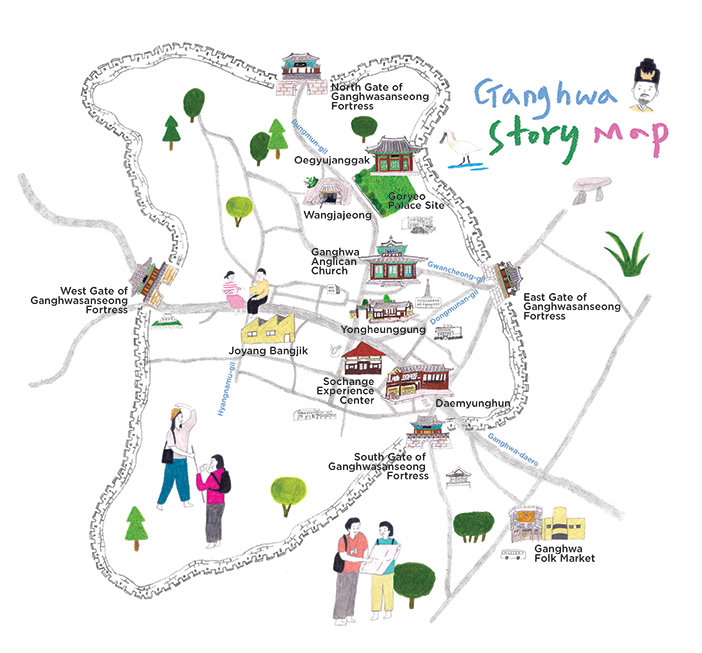Goryeo Palace, a Royal Palace That Resembles a Peony Blossom
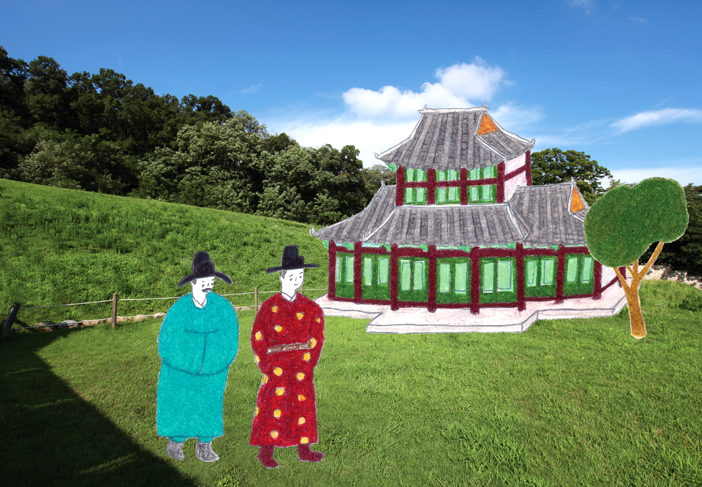 【 An image of Goryeo Palace Site 】
【 An image of Goryeo Palace Site 】On a warm, blooming spring day, the first son of King Gojong*, the 23rd king of Goryeo Kingdom (A.D. 918-1392), was born in the capital Gaegyeong. Everybody in the place loved the baby prince, and laughter filled the palace. One day, the Mongol army invaded Goryeo from the north. The Mongol kingdom built by Genghis Khan rapidly grew into a large, powerful force. The Mongol army was so notorious for devasting the entire cities and villages they attacked that those who faced the army had only two choices: death or surrender. In 1232, the Goryeo Kingdom rapidly moved the capital to Ganghwado Island, and King Gojong, Prince Sik and 100,000 households evacuated to the island within 20 days. Surrounded by the sea, the island was a natural fortress since Mongolians, who were born and raised on grasslands, feared the sea.
 【 Prince Sik and King Gojong smelling peonies in the Sanhojeong Garden 】
【 Prince Sik and King Gojong smelling peonies in the Sanhojeong Garden 】Prince Sik led the Goryeo army along with a group of young people mobilized from across the country, and they worked day and night to build Goryeo Palace in two years. They built Seungpyeongmun Gate (the south gate of the palace) next to a large courtyard. Seongyeongjeon Hall (the principal office of the king ) and Yeongyeonggung Palace (the main building) stood behind UIbongmun Gate. Among the 14 attached buildings including Ganganjeon Hall, Yeongsujeon Hall, and Gyeongryeongjeon Hall, Sanhojeong Garden located on the backside of the palace was Sik’s favorite place in the palace.
He grew many peonies in the garden so that it resembled the backyard of the royal residence in Gaegyeong. His father said that the peony symbolized the wealth, honor, and dignity of a prince. Sik missed Gaegyeong when he saw the peonies in the garden along with his father. He hoped that the battle with the Mongols would end soon.
However, the war continued for more than 30 years. The Mongol army’s pressure on Goryeo intensified, the Goryeo subjects suffered, and Sik's father King Gojong became old and feeble. Sik visited the king of Mongol to end the long and tedious fight. However, his father died while he was in Mongol. Sik hurriedly returned to Goryeo Palace on Ganghwado Island and ascended the throne as King Wonjong*, the 24th King of Goryeo. The Goryeo Kingdom had to remove entire facilities that were built to fight against Mongol, in return for maintaining Goryeo’s name and system. In 1270, before leaving Ganghwado Island, which was the capital of the kingdom for 39 years, Sik (now King Wonjong) had to burn down Goryeo Palace the place where he spent his youth. The fire engulfed the palace for several days and nights. As he watched the palace burn to ashes, Sik shed tears of blood. Would this be the end of Goryeo Palace?
*The titles Gojong and Wonjong: In ancient Korea, when a king died, civil servants gave him a temple name and enshrined the king’s ancestral tablet in Jongmyo Shrine. The kings were called different names when they were alive, but here we use the temple names Gojong and Wonjong to help readers understand the story with ease.
- Goryeo Palace Site: According to history, Goryeo Palace existed on Ganghwdo Island from the 19th year of King Gojong (1232) to the 11th year of King Wonjong (1270) until the royal family returned to Gaegyeong. Currently, Myeongwiheon (a central administrative office) and Ibangcheong (an office of working-level government officers) built during the Joseon era remain on the site.
- Address: 394, Ganghwa-daero Ganghwa-eup, Ganghwa-gun, Incheon
- Phone: 032-930-7078
- Directions: Located on the hill towards Ganghwa Elementary School from Yongheunggung Park
- Admission: Adults 900 won, youth 600 won
- Hours: 09:00-18:00, Open all year round
- Travel Writer Recommended Restaurant: Wangjajeong restaurant (032-933-7807) sells tasty acorn jelly and rice in cold broth; and pork rib soup seasoned with salted shrimp.
- Nearby Tourist Sites: Yongheunggung House, Ganghwa Anglican Church, Ganghwa Literary Museum, Ganghwa Tourism Platform
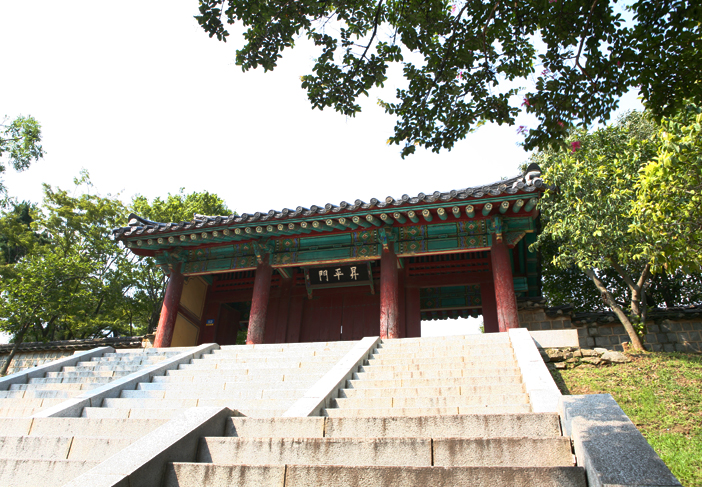 【 Seungpyeongmun Gate, the main gate of Goryeo Palace 】
【 Seungpyeongmun Gate, the main gate of Goryeo Palace 】 【 Goryeo Palace Site
【 Goryeo Palace Site
where several palace buildings
used to exist 】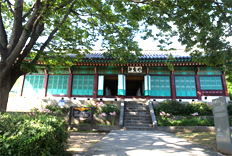 【 Myeongwiheon
【 Myeongwiheon
(built in the Joseon era)
on Goryeo Palace Site 】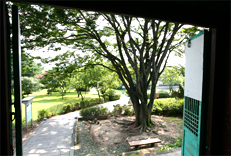 【 A view of Goryeo Palace Site
【 A view of Goryeo Palace Site
from Myeongwiheon 】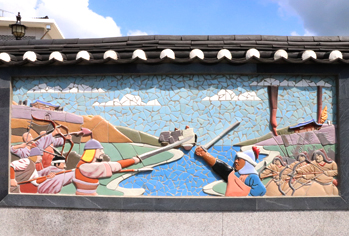 【 A fresco on the tiled wall depicting
【 A fresco on the tiled wall depicting
the construction of Goryeo Palace and fighting
against the Mongol army 】 【 Ganghwa Literary Museum sitting
【 Ganghwa Literary Museum sitting
close to Goryeo Palace Site 】
